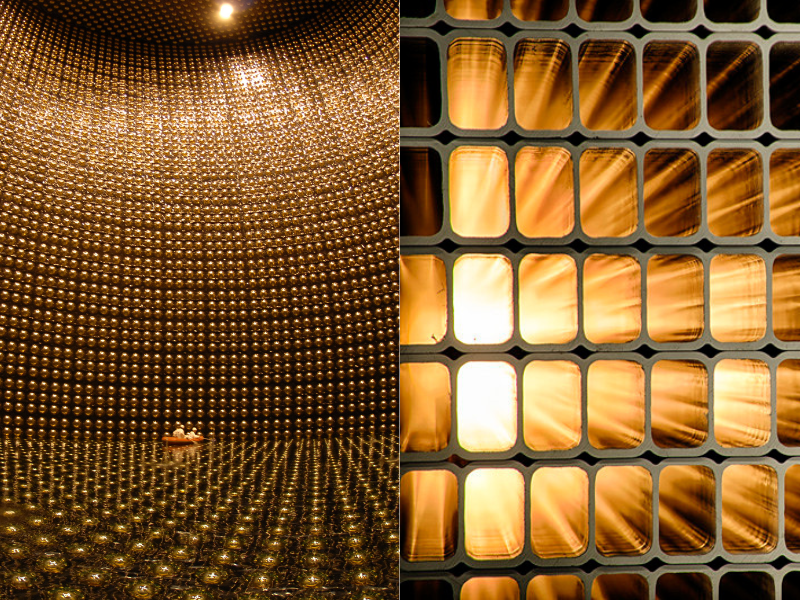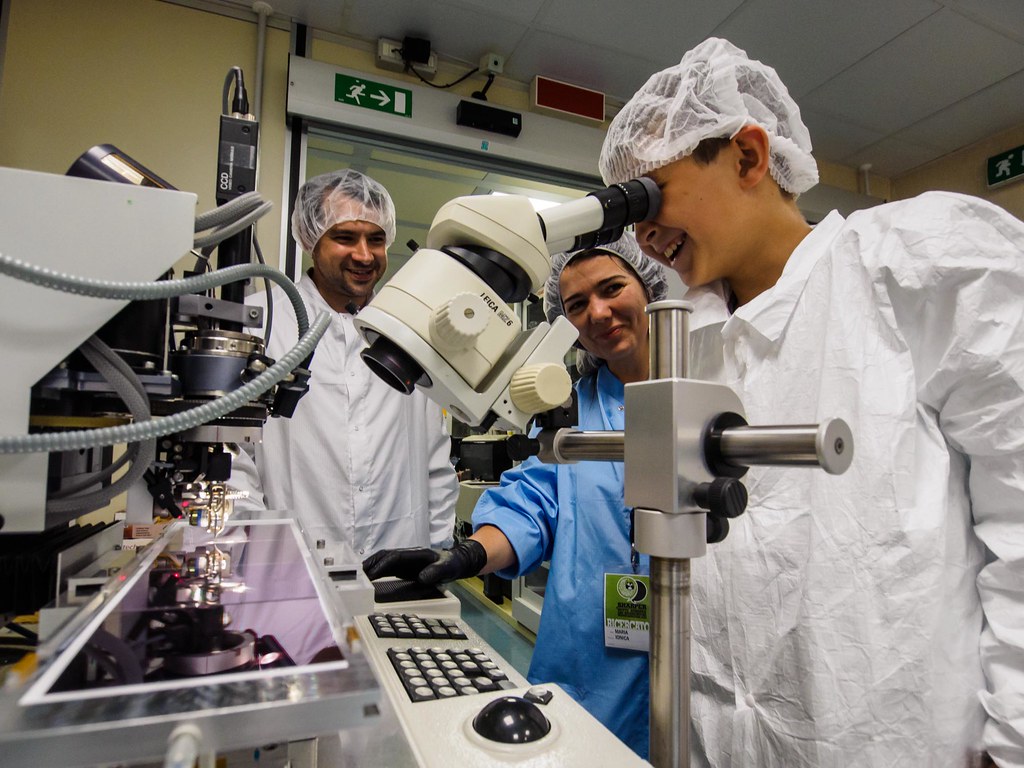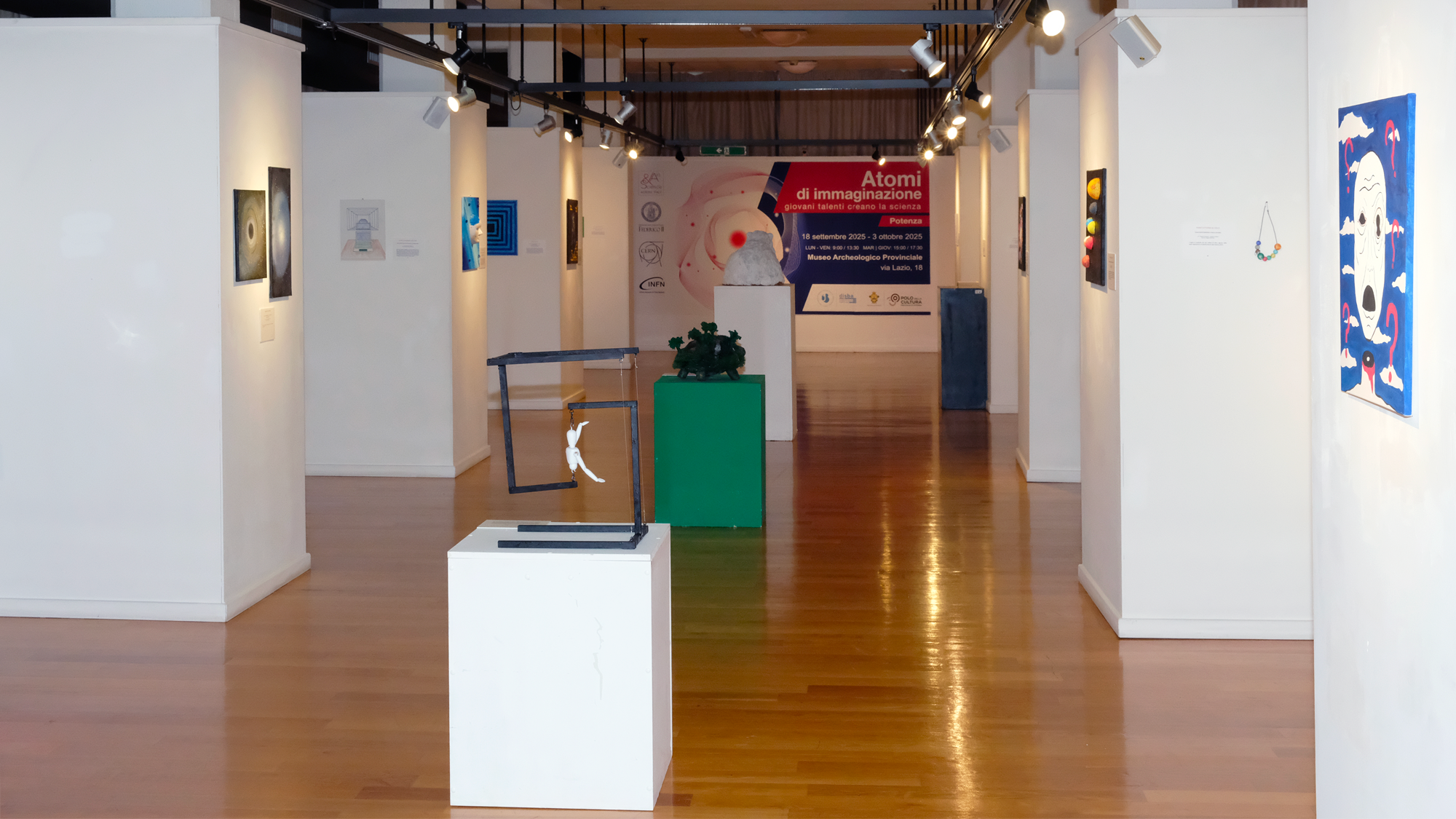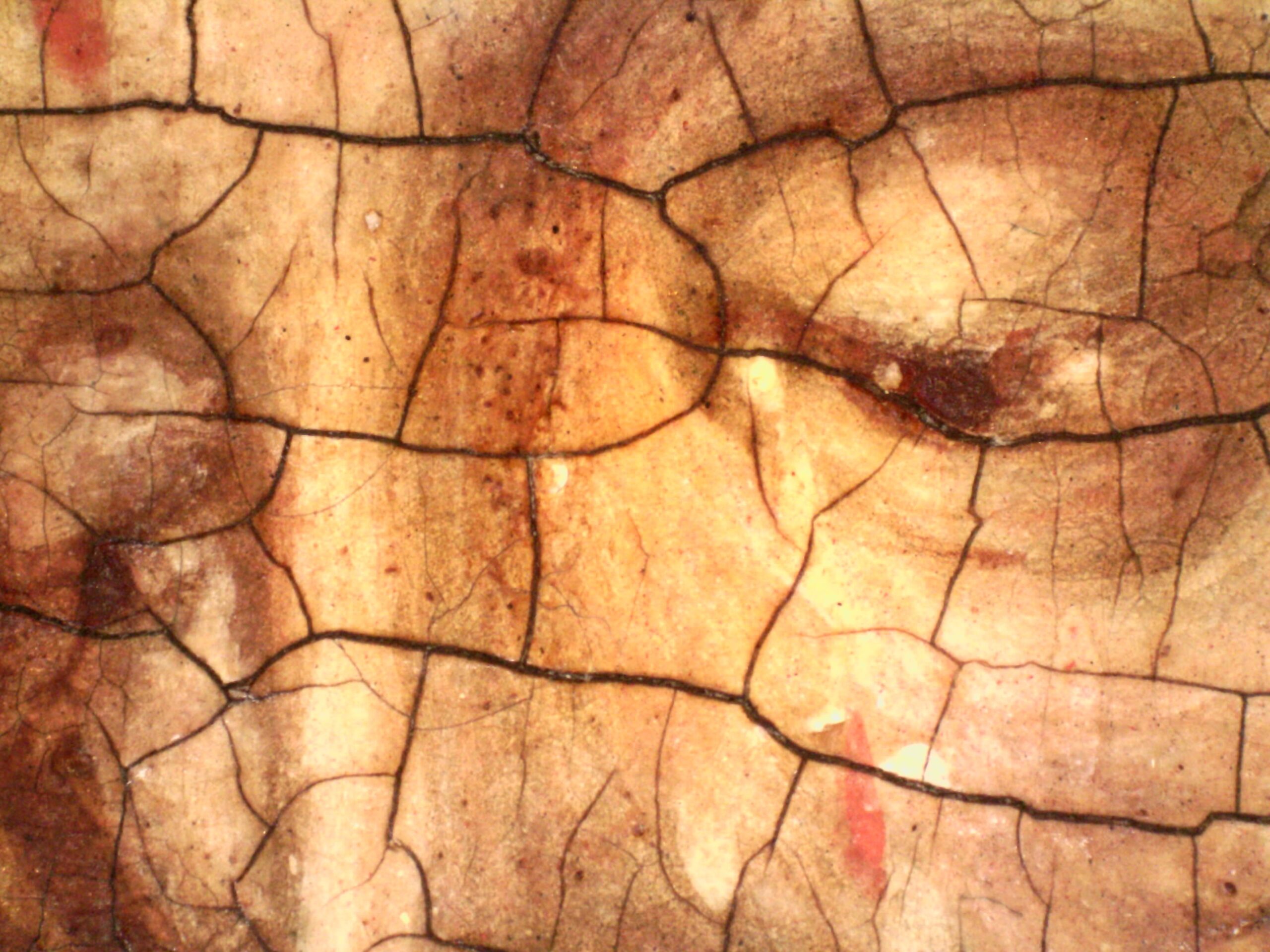The National Institute for Nuclear Physics (INFN), through its CHNet (Cultural Heritage Network) laboratories, collaborated on the exhibition “Painted Gold. El Greco and Art between Crete and Venice,” held at the Doge’s Palace in Venice until September 29. Specifically, INFN researchers analysed the work “Jesus carrying the Cross,” an 18th-century icon from the Hellenic Institute of Venice, using non-invasive physics-based techniques such as radiography, X-ray fluorescence (XRF), Raman spectroscopy, and optical microscopy.
The analyses allowed for the characterisation of the original materials used, the techniques of execution, the nature of the wooden support, and the conservation state of the artwork. This information is essential not only for a deeper understanding of the piece but also for adopting the most appropriate conservation strategies.
“This measurement campaign once again demonstrates the importance of continuous interaction and exchange between science and art. Analysing an icon like the one preserved by the Hellenic Institute of Byzantine and Post-Byzantine Studies of Venice gave us the opportunity to strengthen our technologies and contribute to the knowledge of a work of art so full of meaning”, emphasises Francesco Taccetti, researcher at INFN and coordinator of CHNet. “All of this was made possible thanks to fruitful collaboration with the Civic Museums of Venice, which also allowed us to share the results of our investigations during such a prestigious event as the exhibition organised at the Doge’s Palace”.
The exhibition “Painted Gold. El Greco and Art between Crete and Venice” traces the historical, artistic, and spiritual journey along the route between Venice and Crete, with gold as the central element, characteristic of icons and their splendor. The focus on the icon, investigated in its material and technical aspects, was supported by INFN through its experts specialised in developing and applying non-invasive analytical techniques for cultural heritage studies, managed within CHNet, INFN’s competence network for cultural heritage, which involves numerous laboratories and sections of the institute.
Investigations on the “Jesus carrying the Cross” Icon from the Hellenic Institute of Venice
The exhibition includes the results of a diagnostic campaign carried out on the icon “Jesus carrying the Cross”, dating to the 18th century, which became part of the heritage of the Greek Confraternity of Venice in 1882 and is currently owned by the Hellenic Institute of Byzantine and Post-Byzantine Studies in Venice. The various layers composing the work—from the wooden panel, its preparation, to the paint and gilding—were examined using non-invasive techniques provided by INFN-CHNet and the Department of Physics and Astronomy at the University of Florence.
The support of the icon was analysed via radiography, which identified the type of wood and assessed its conservation status. The preparation and materials used for painting and gilding were investigated with X-ray fluorescence (XRF) imaging. This technique detects chemical elements and visualises their distribution across the analysed area. When the primary beam (X-rays emitted from a tube) hits atoms, they emit characteristic X-rays: an “atomic fingerprint” that allows identification of the element. By scanning a surface, the XRF map is obtained for each element: a grayscale image showing the distribution of chemical elements, from which the composition of the materials can be inferred.
Since a single element can be part of different compounds, Raman spectroscopy measurements were performed at certain points to uniquely identify some of the materials. This technique relies on laser light interaction with molecules, providing detailed information about the chemical composition and structure, thus enabling the identification of various chemical compounds.
Finally, optical microscopy provided insights into the condition of the paint layer and gilding. This technique provides detailed information about the surface morphology and features not visible to the naked eye (such as individual pigment grains), allowing for the study of the execution technique and the conservation state of an artwork. In this study, a portable digital microscope was used, capable of magnifications from 10x up to about 220x, which, for example, allowed the identification of some wax sketches, probably from candles, remaining on the painted surface.
The analyses enabled the characterisation of the original materials used, the techniques of execution, the nature of the wooden support, and the conservation status of the work. In particular, pigments such as vermilion, lead white, and Prussian blue were identified, indirectly confirming the dating to the 18th century; the gilding was performed using a gouache technique. The investigations also revealed traces of wax from candles on the painted surface.
In the exhibition route, there is an immersive multimedia installation created by CamerAnebbia that allows visitors to explore the scientific data collected by INFN in an engaging way. Through a tablet, it is possible to interact with the results of the scientific analyses, which are also projected onto the wall of the room where the icon is displayed, creating a suggestive atmosphere around the audience.
Watch the installation:
The exhibition
Painted Gold. El Greco and Art between Crete and Venice
Doge’s Palace, Venice. April 30 – September 29, 2025
Curated by Chiara Squarcina, Katerina Dellaporta, Andrea Bellieni
#OroDipinto






